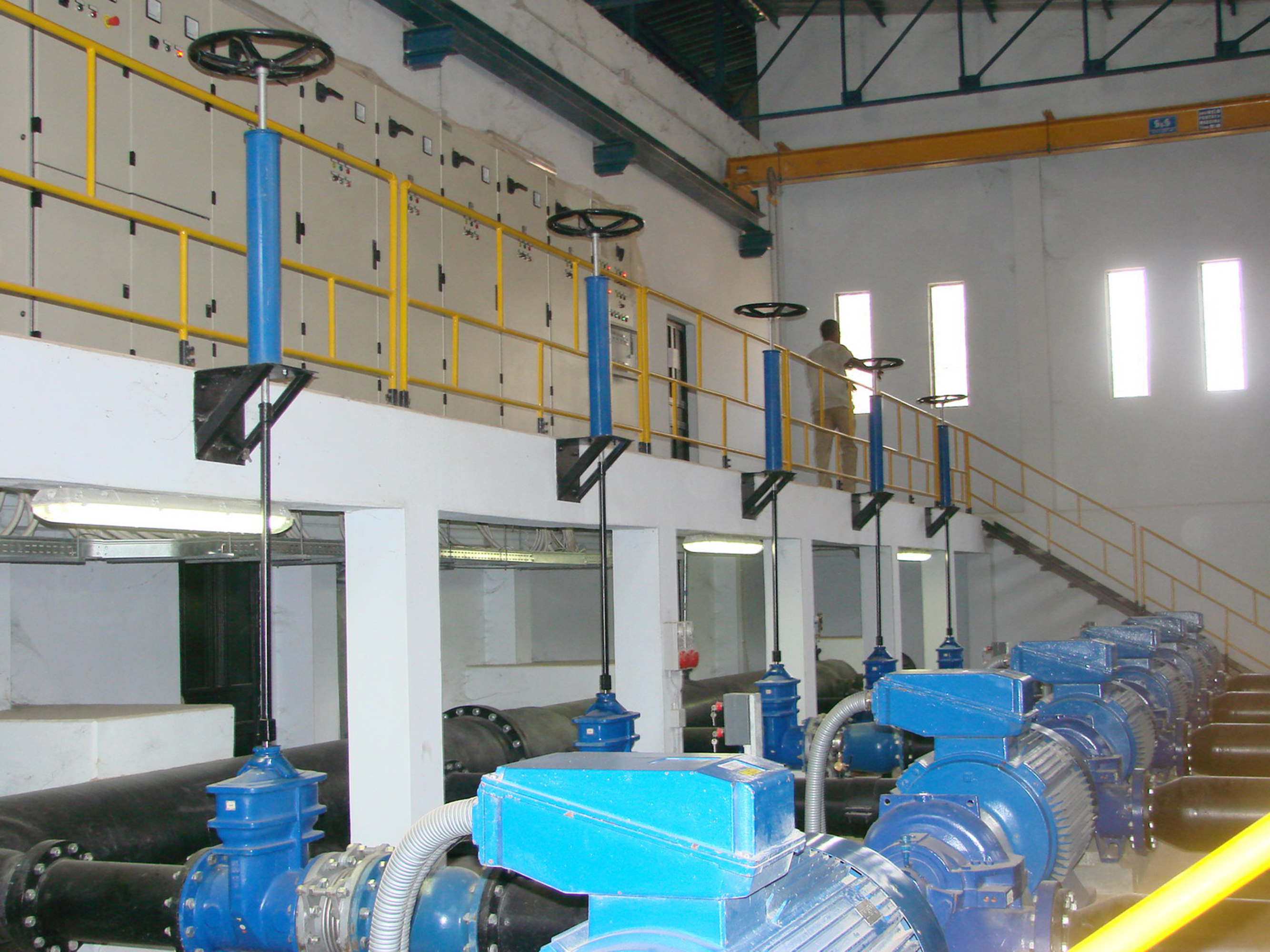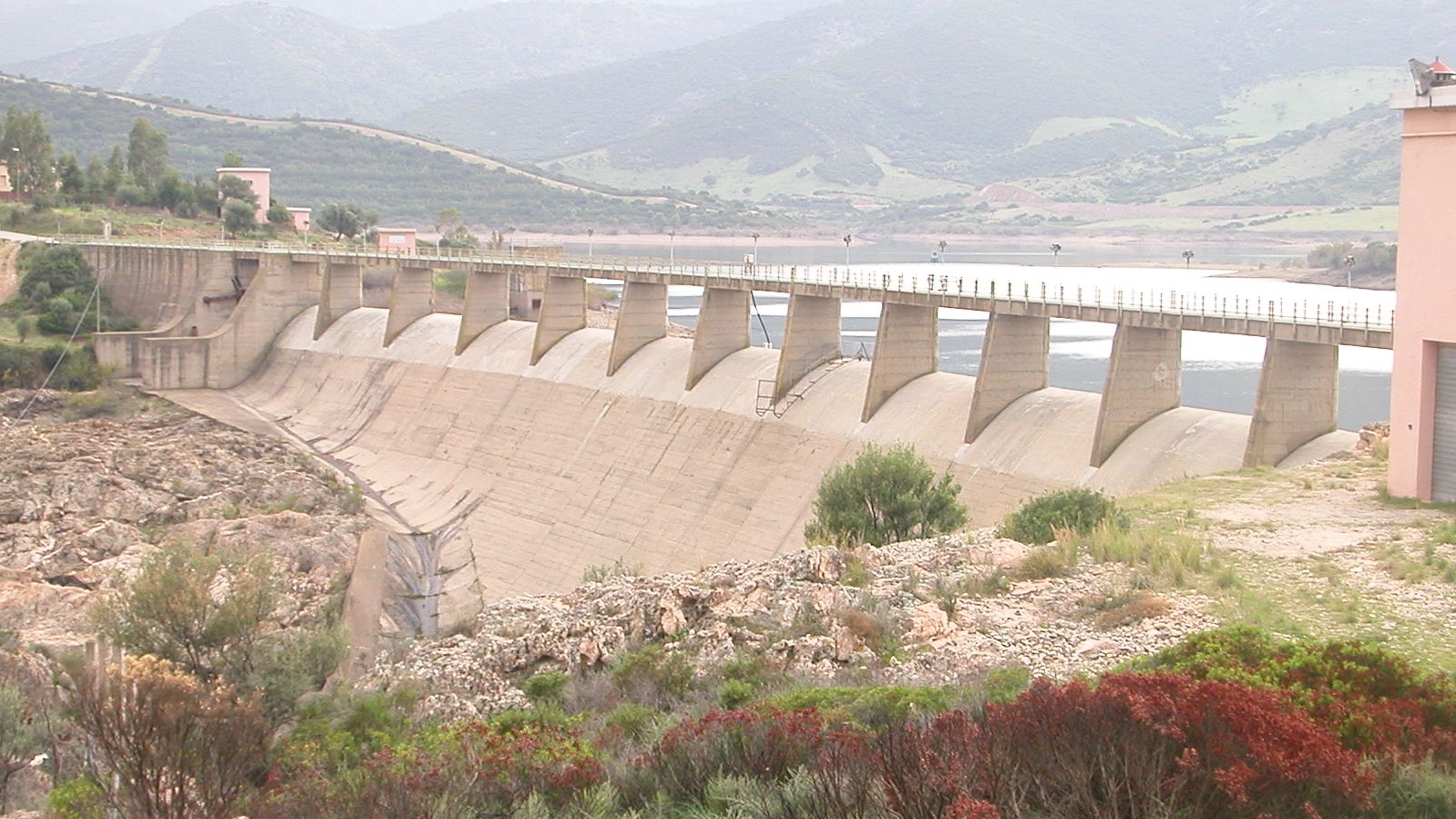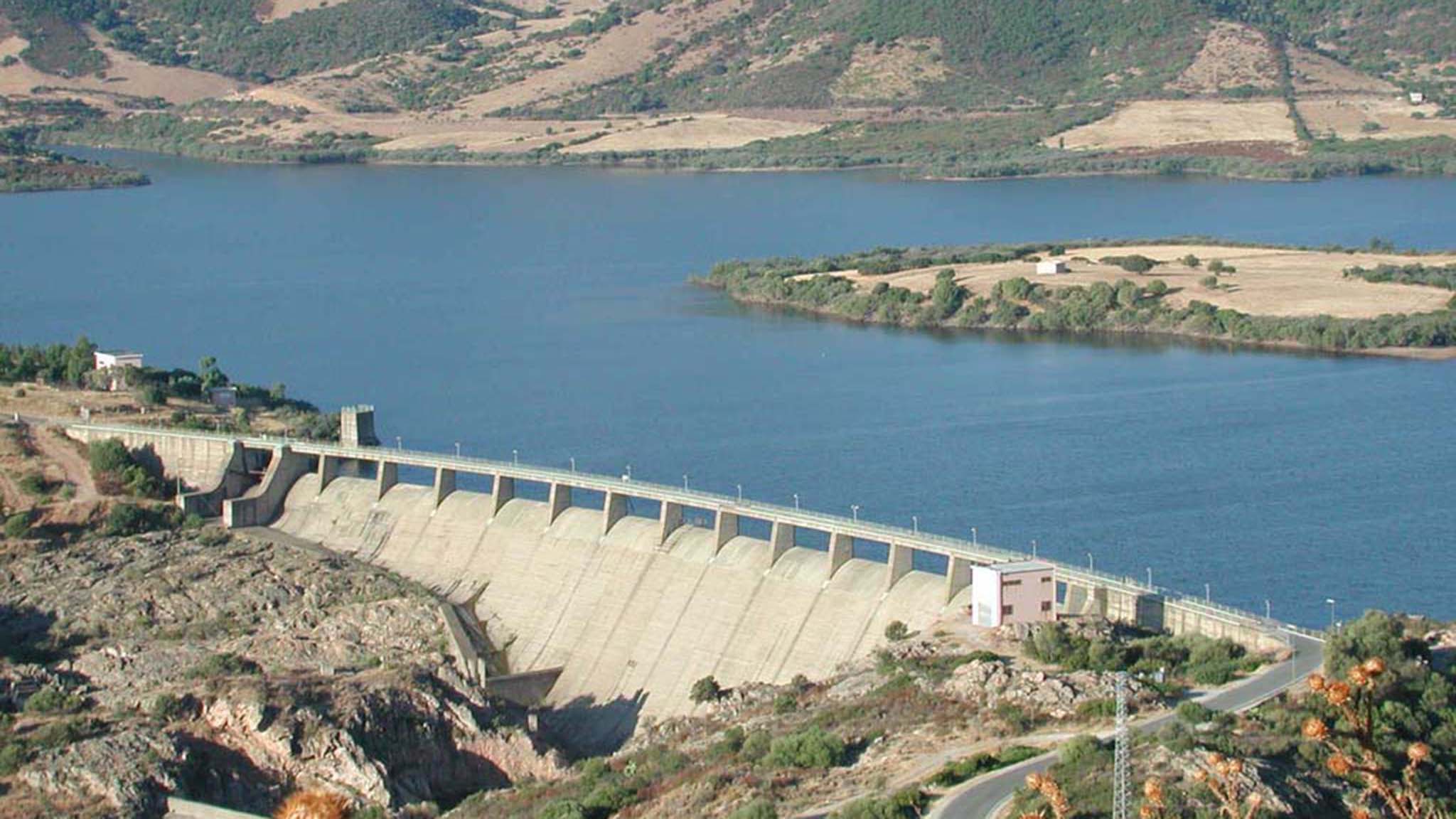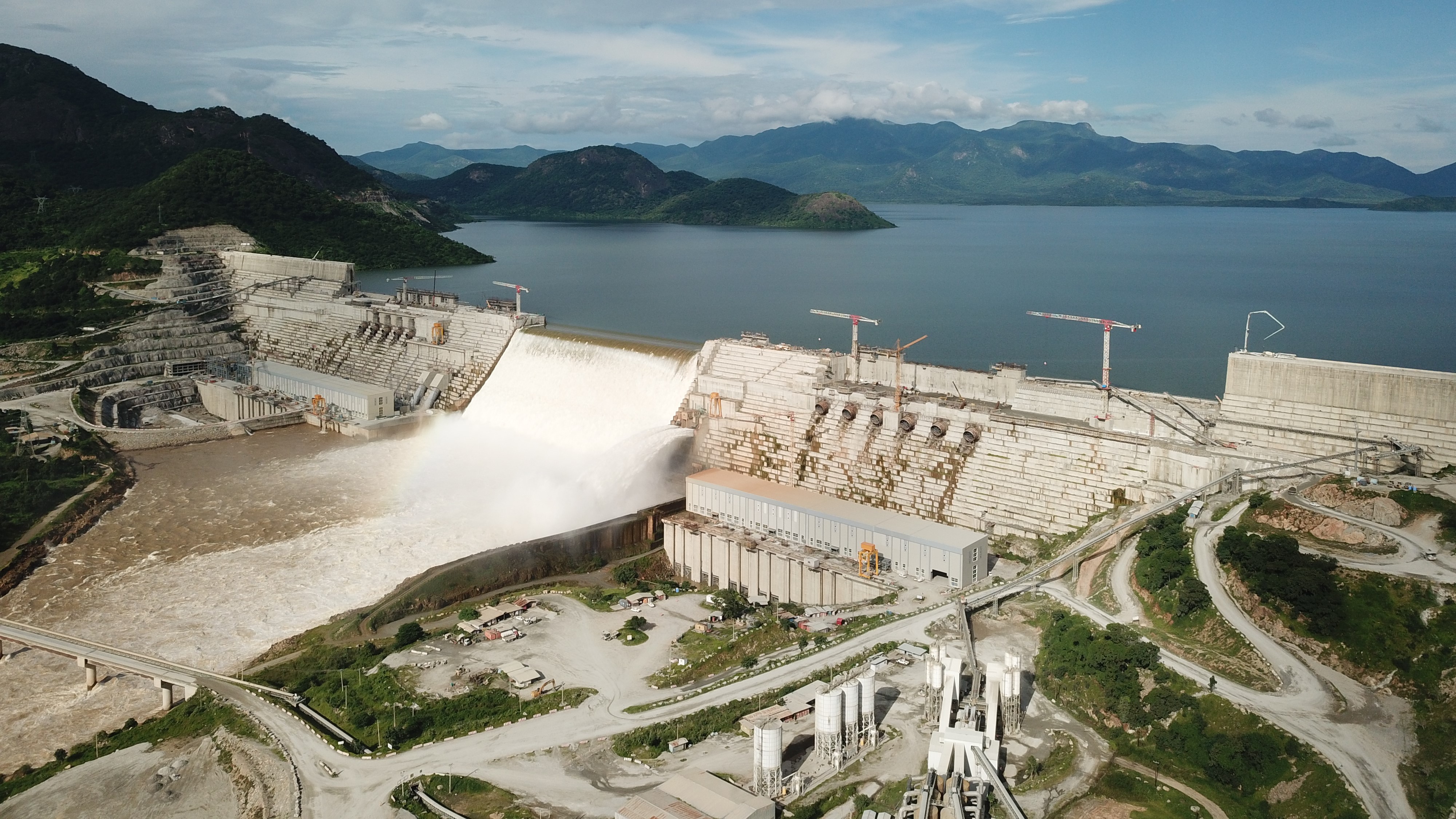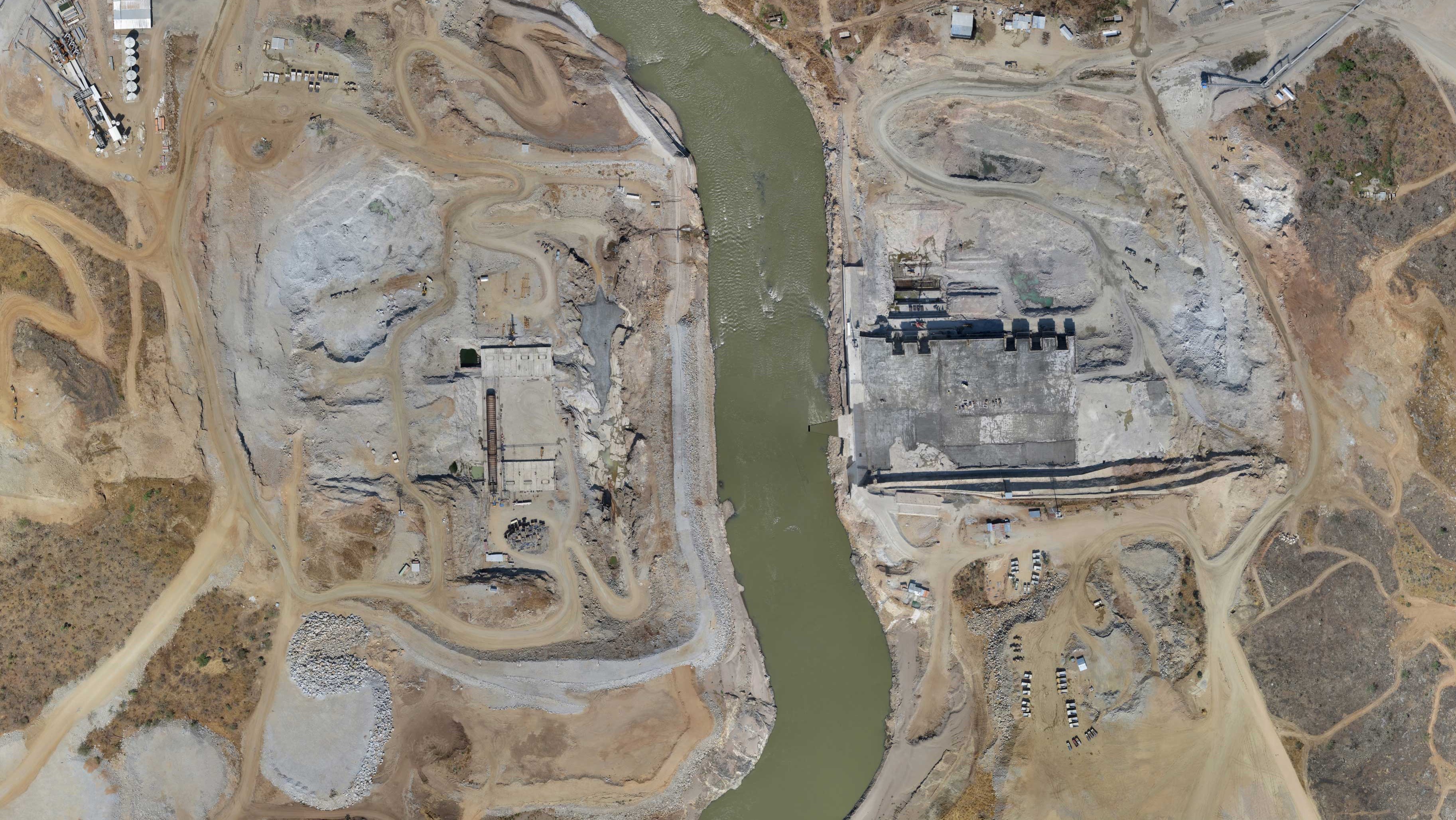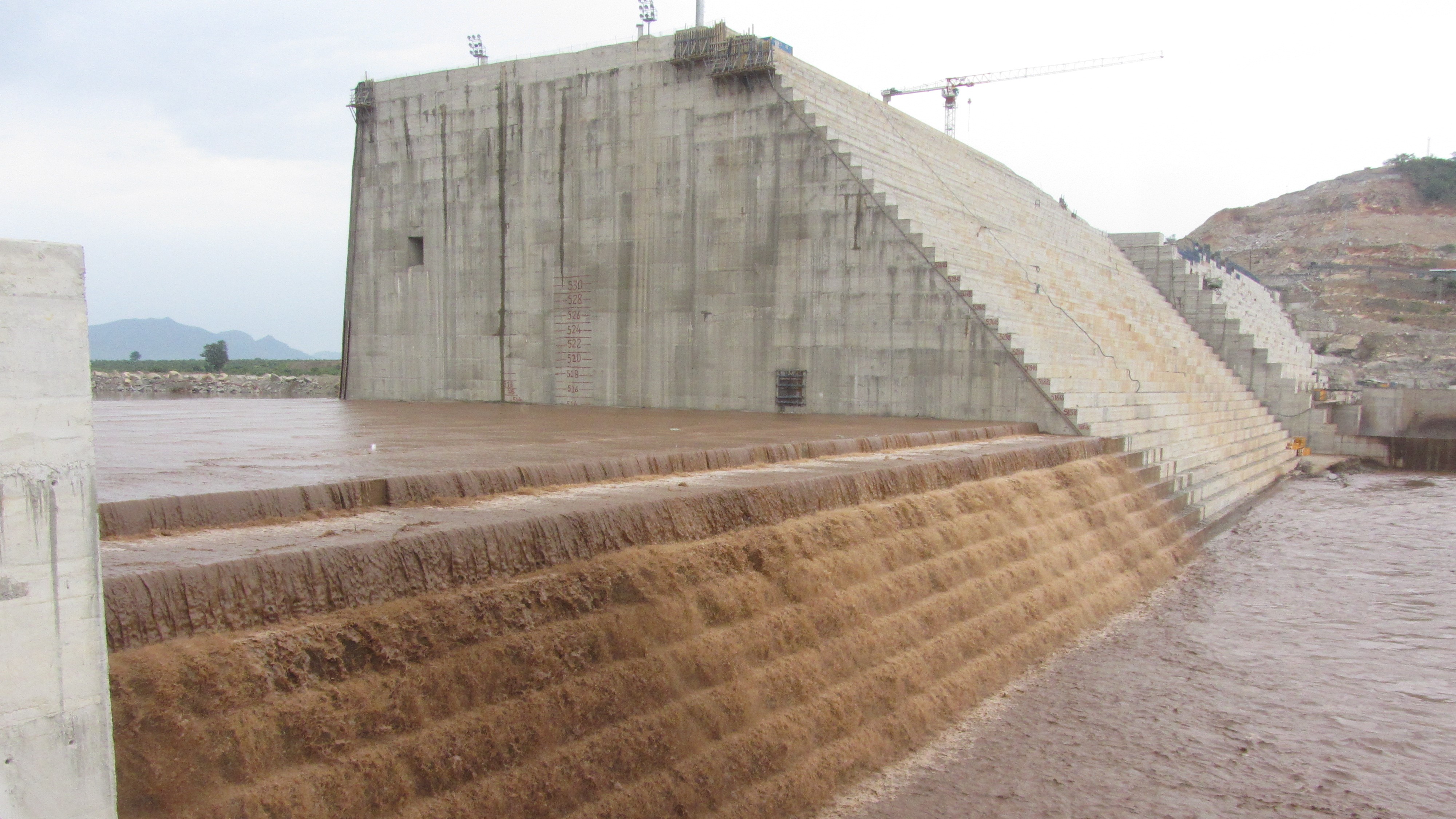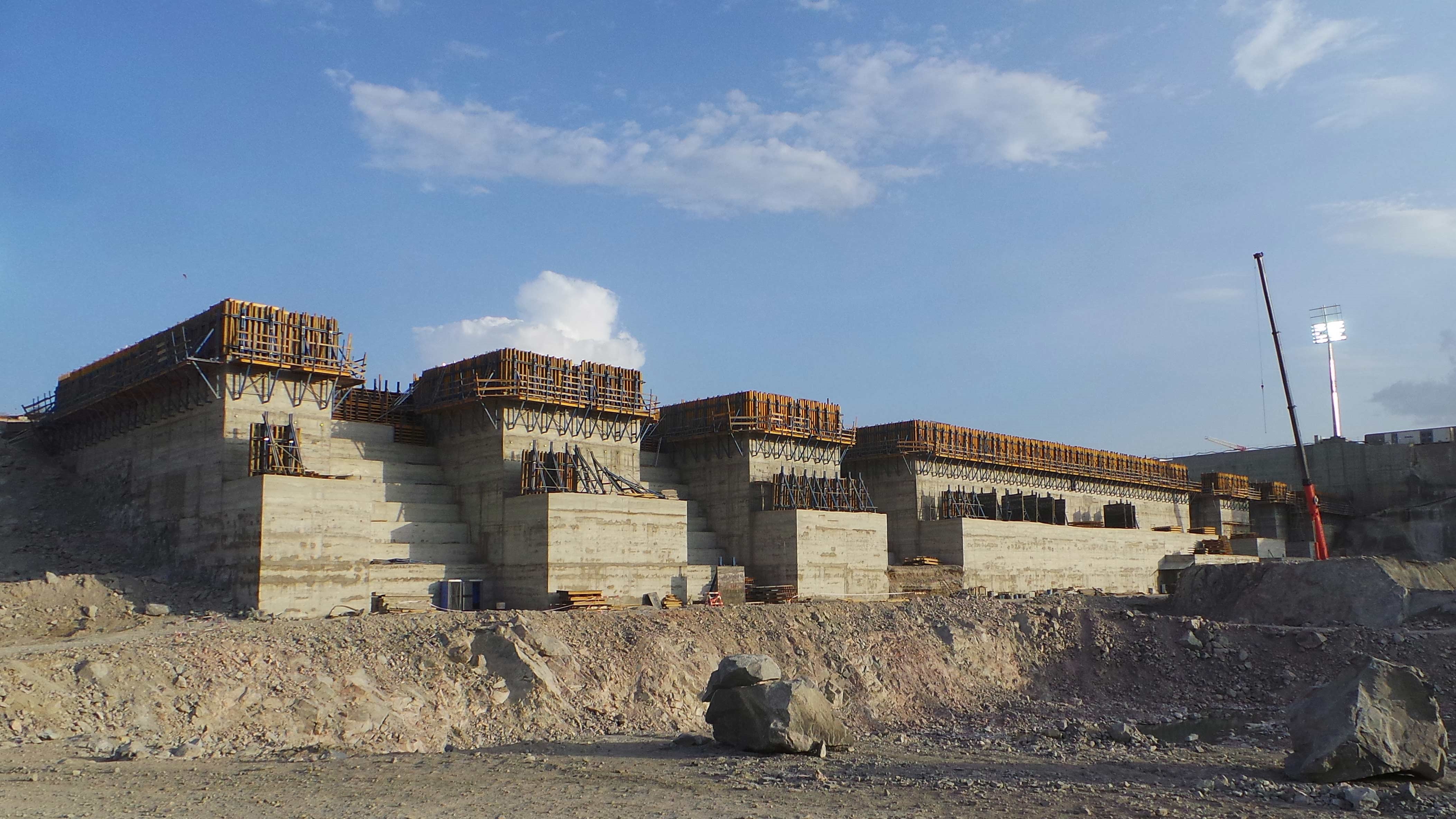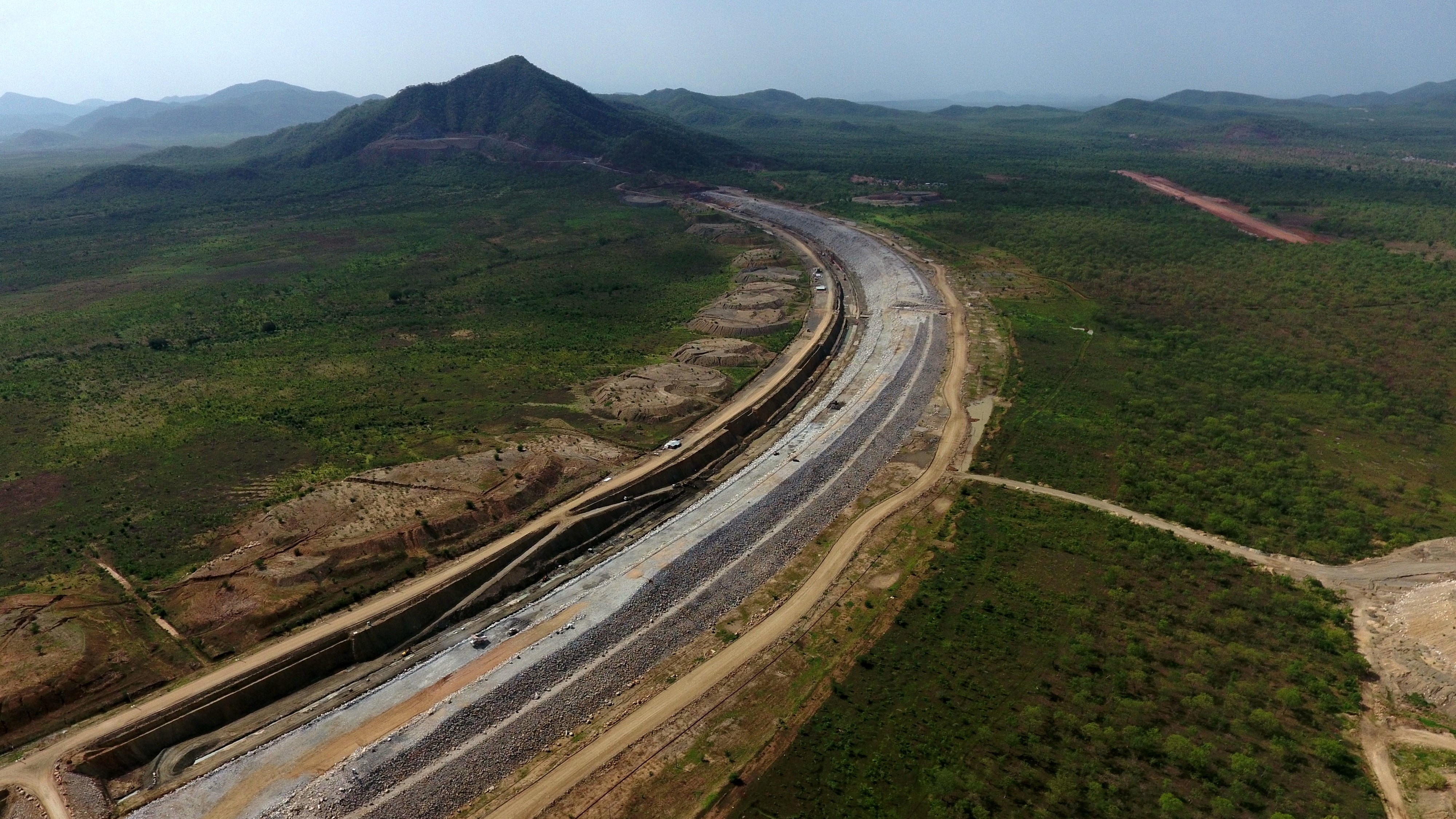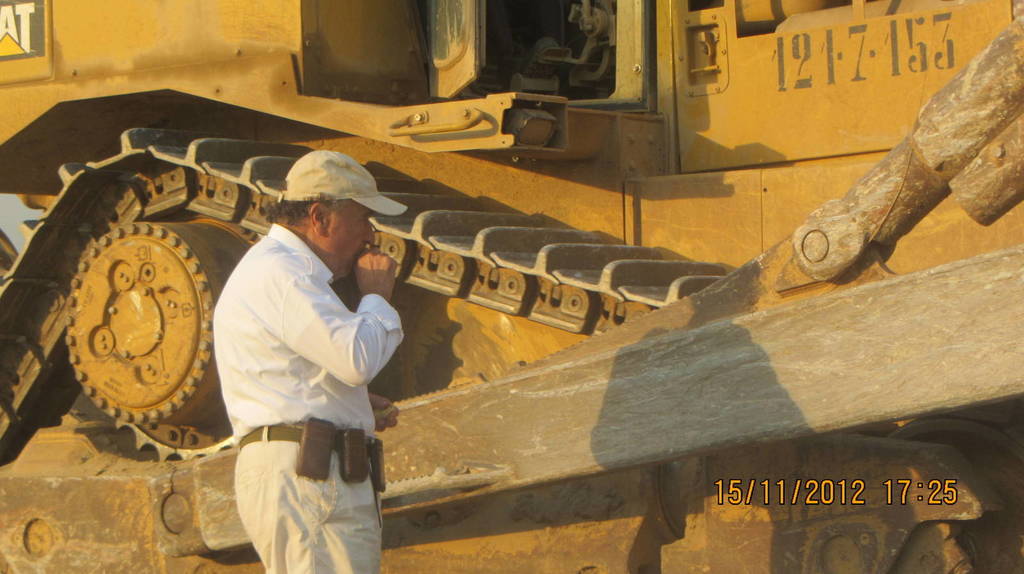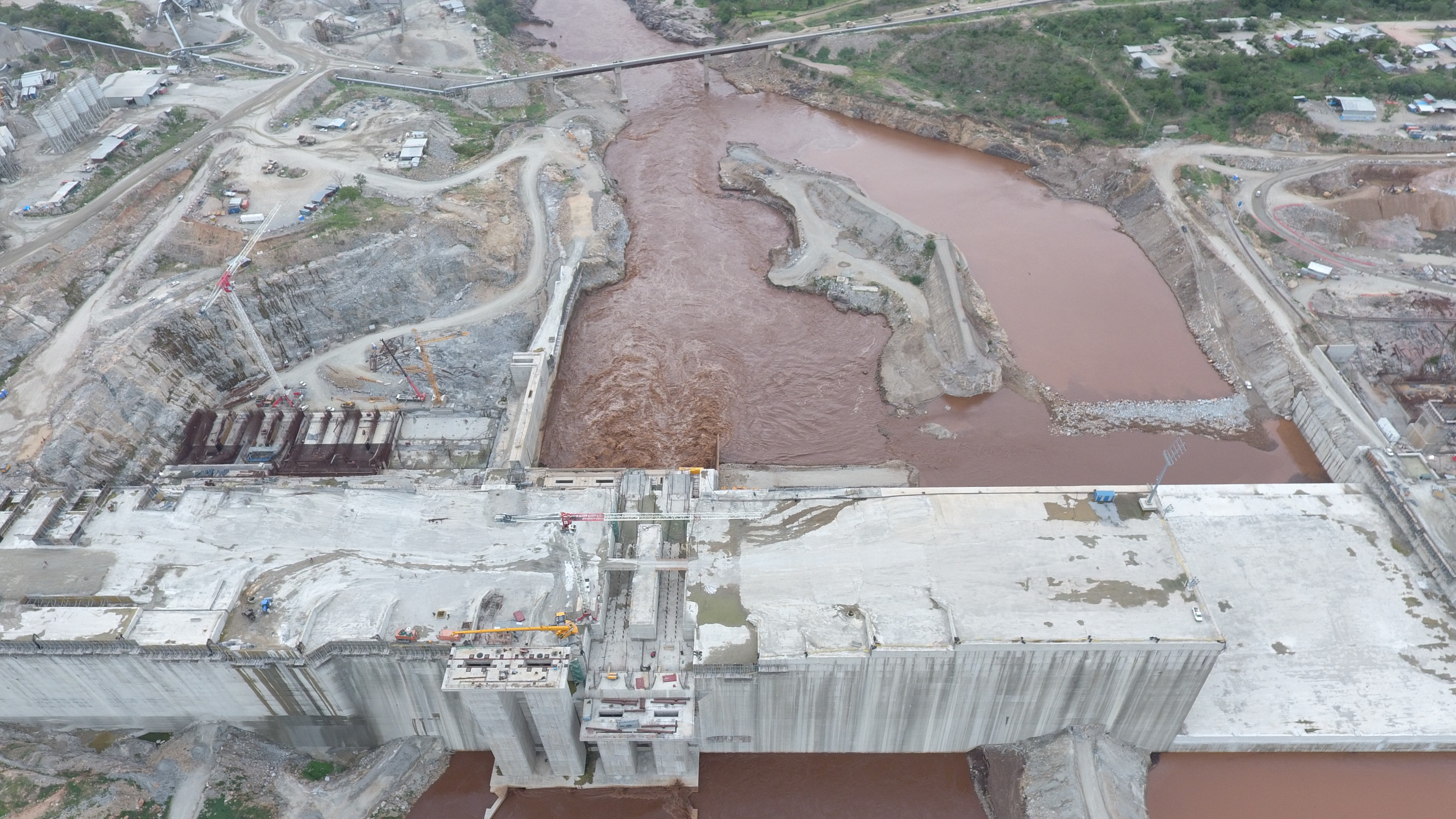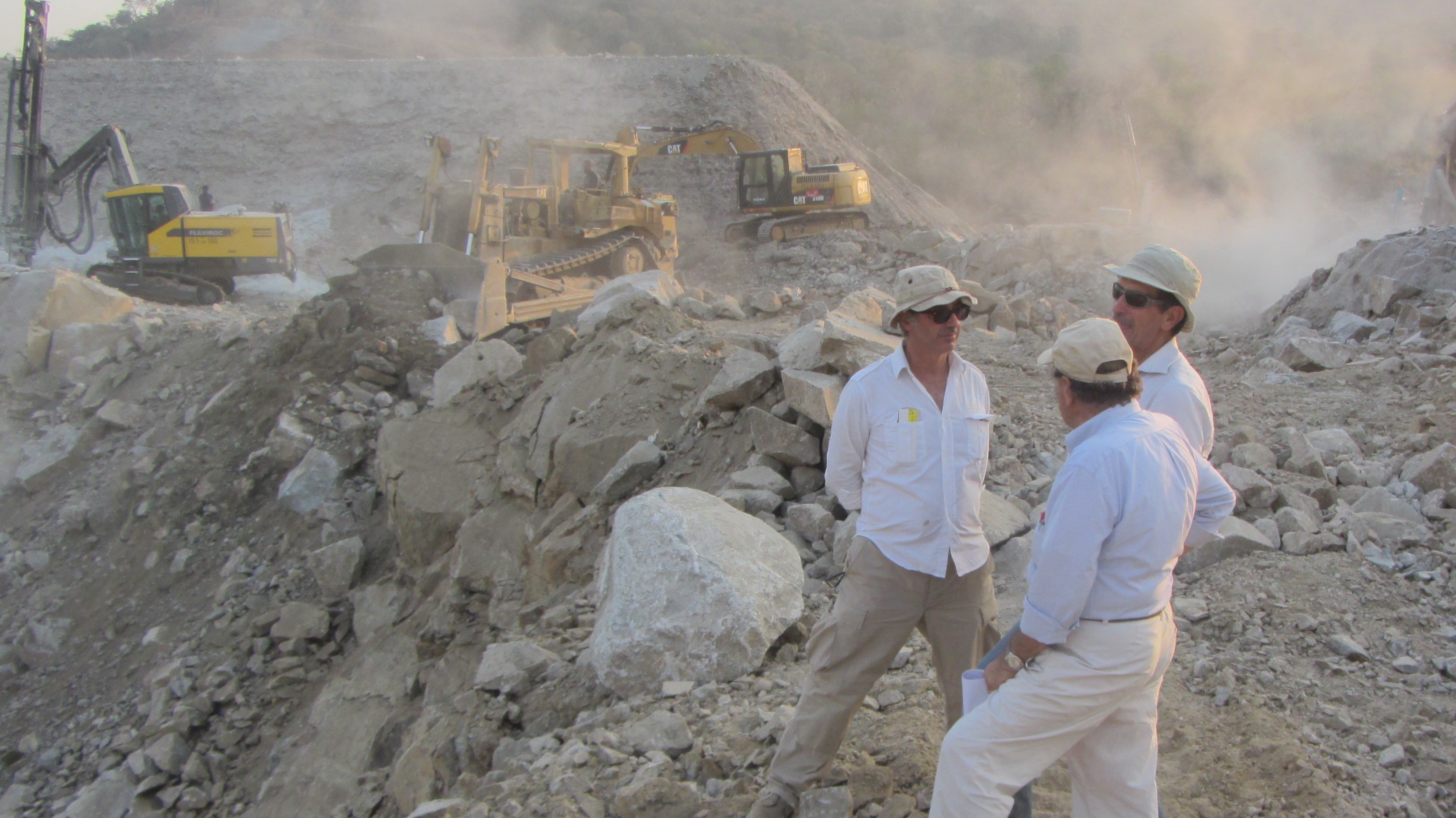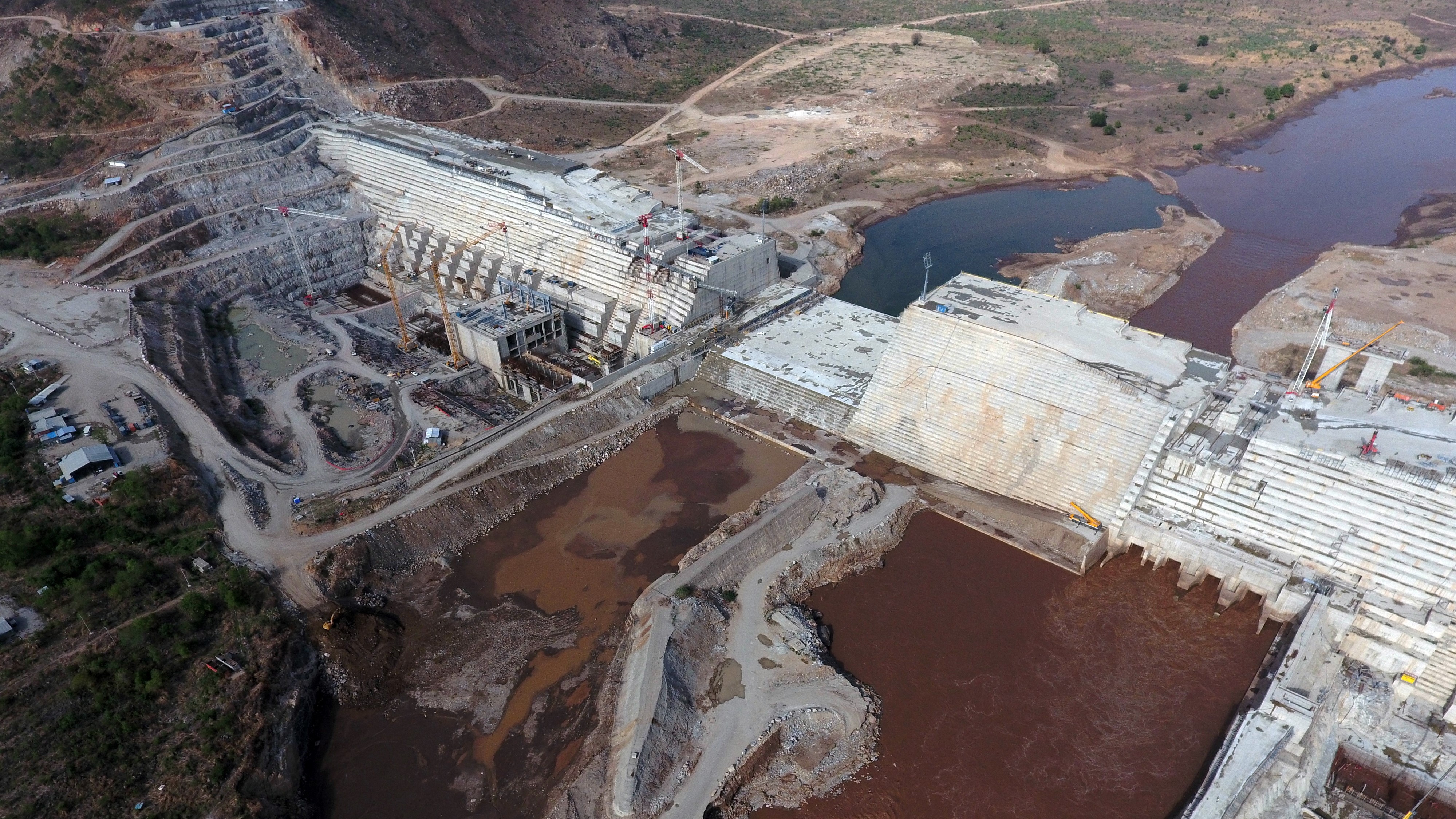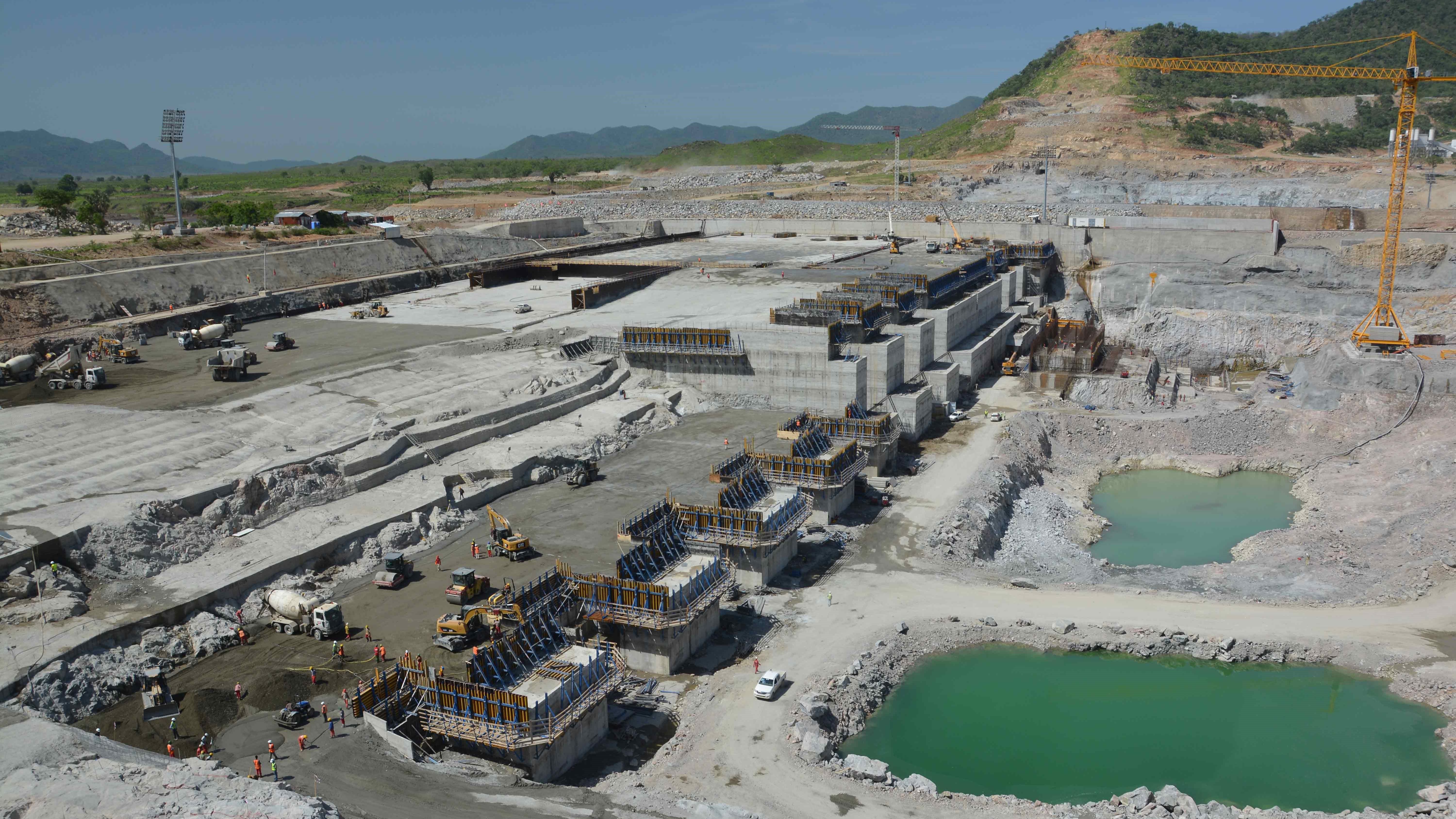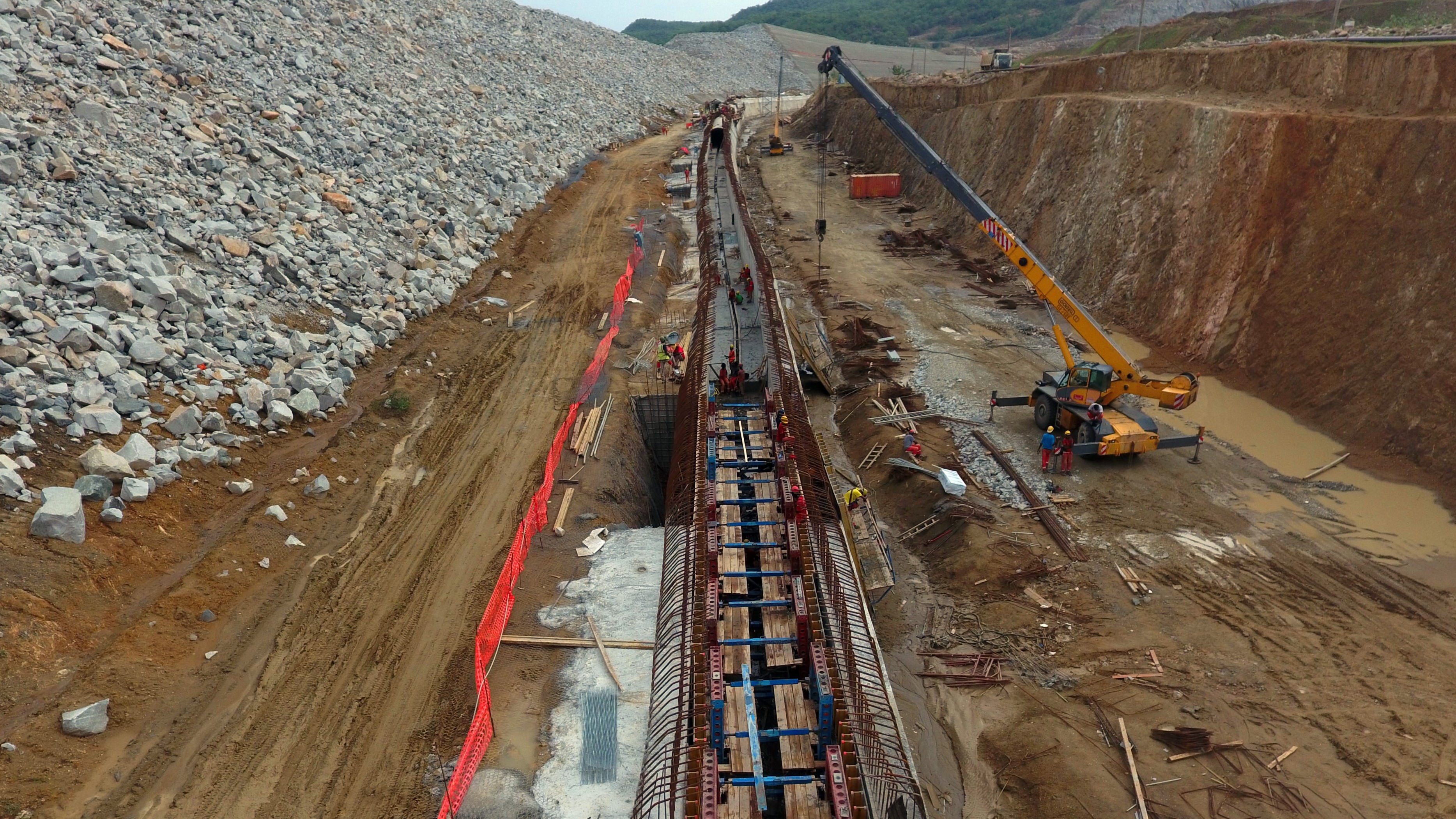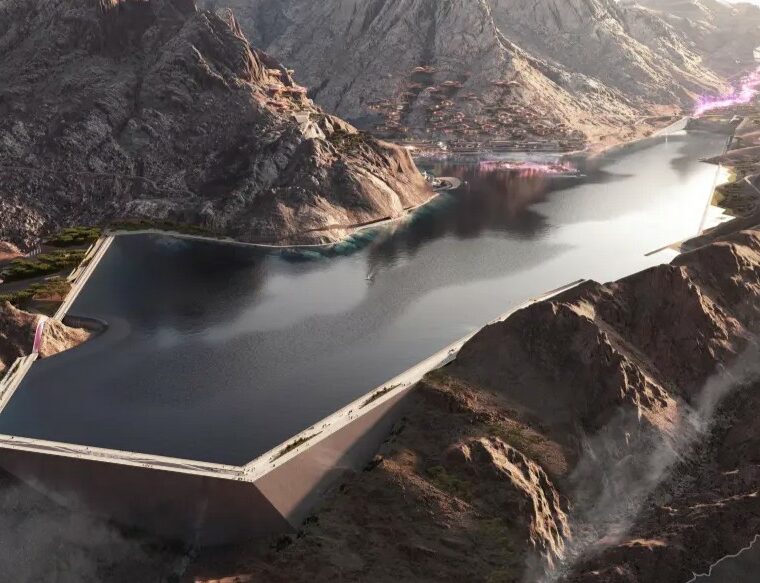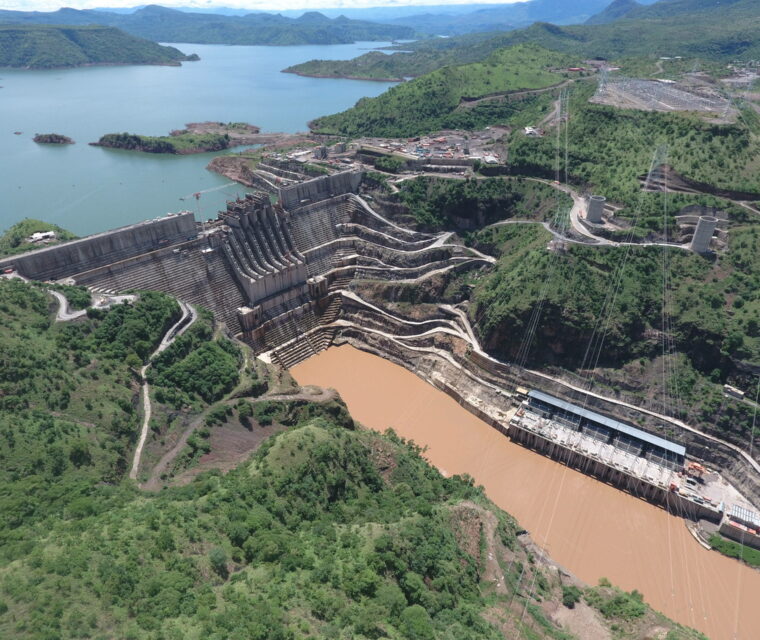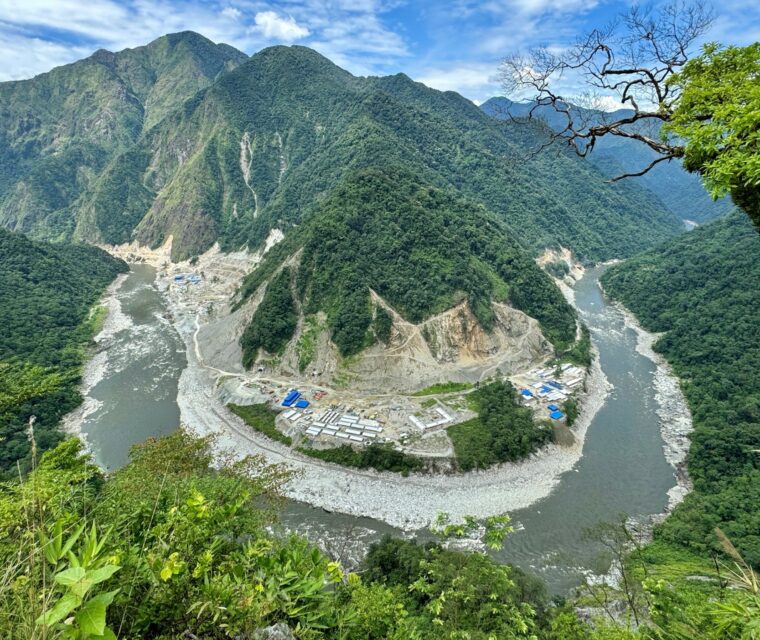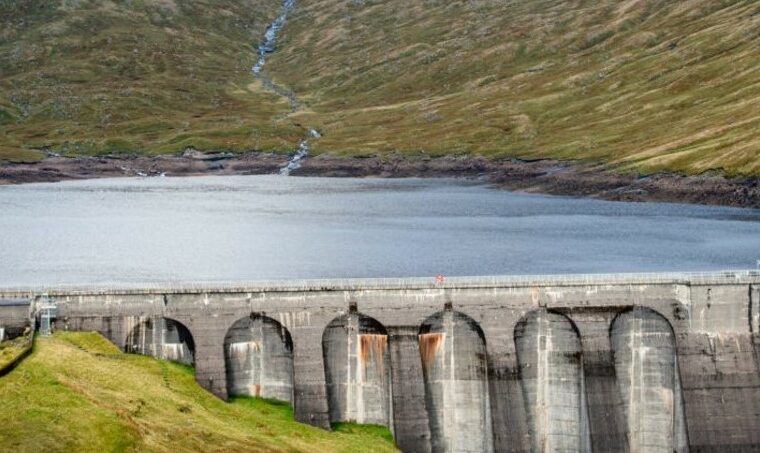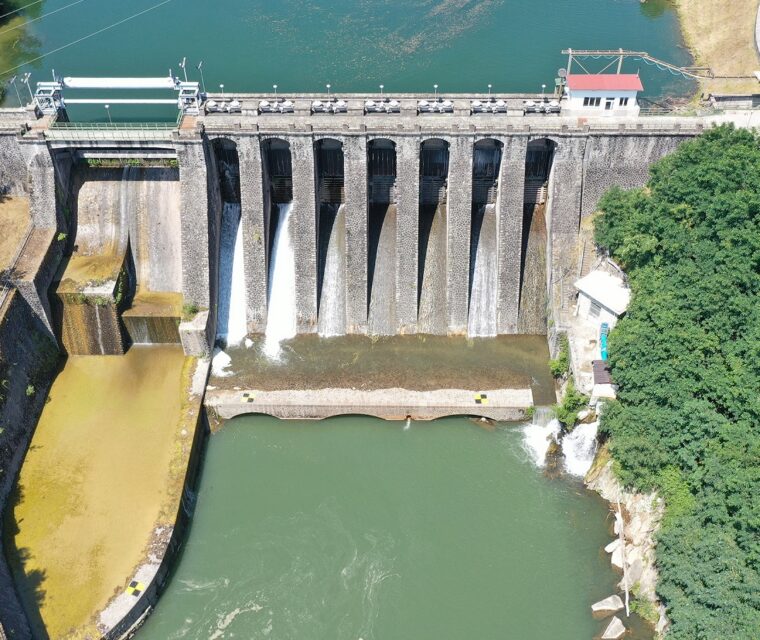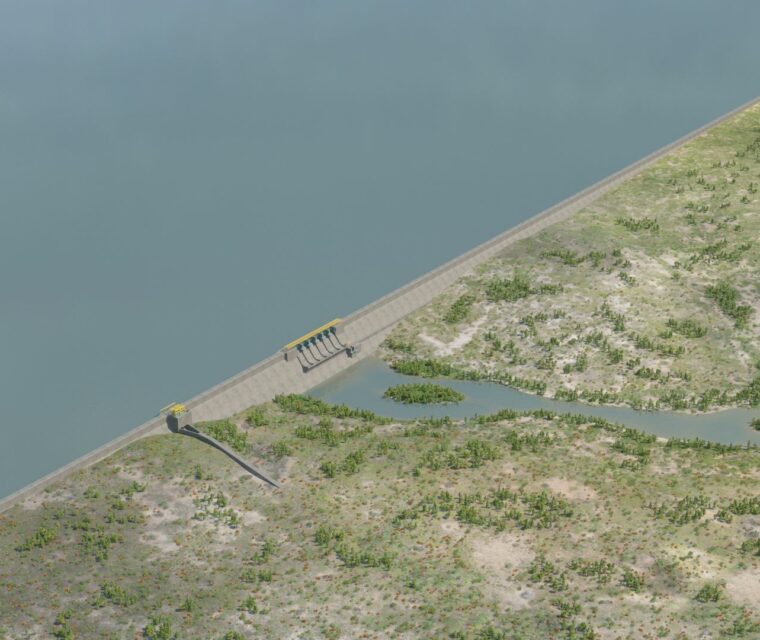The Grand Ethiopian Renaissance dam project is a majestic hydroelectric plant, which was born in the 60s from the imagination of Giorgio Pietrangeli, concerning a vast and far-sighted plan to exploit the Blue Nile potential for hydroelectric purposes and improve management of this huge water resource. PLACE CLIENT YEAR 10.5 Km3 All the engineering from conception to commissioning for our huge dam on the Blue Nile The GERD project has such a large reservoir that it, alone, fully controls the river, thus fulfilling an ancient dream: the idea that the Blue Nile could somehow be “governed”. With its impressive installed power (6,000 MW produced by two powerhouses) provides an unusually flexible operation and a huge power reserve, this extraordinary plant places itself among the world’s largest RCC dam and it is going to boost the future of Ethiopian energy production. The main dam is a roller compacted concrete (RCC) gravity dam with a maximum height of 175 m and a length of about 2 km at crest elevation, reaching a total volume of about 10 million m3. The concrete faced rockfill (CFRD) saddle dam is 60 m high and approximately 5 km long, with an embankment volume of 15 million m3. Its composite cut-off, made up by grouting and plastic diaphragm panels, was conceived to fulfil two different requirements: permeability and erosion control. The river diversion system, designed to discharge up to 14,700 m3/s, includes four culverts for discharging during the dry season and a temporary stepped spillway structure located in the central part of the dam, for dam overtopping during the wet season. A system of three spillways safeguards the project against the Probable Maximum Flood (30,200 m3/s peak and 18,000 m3/s routed discharge): the main service gated spillway, located on a saddle area; the aforesaid free-flow crest spillway on the overflow section of the main dam; the side channel un-gated emergency spillway. The main dam is crossed by sixteen penstocks (8 m diameter), two of which at lower elevation committed to early generation during reservoir impounding. The two outdoor powerhouses are located at the main dam toe on the right and left riverside housing 10 Francis turbine units and 6 Francis turbine units respectively, with 375 MW each. The step-up transformers, erected in the yard between the main dam downstream face and the powerhouses, are connected through overhead lines to the 500 kV switchyard, located on right bank. It is worthwhile pointing out that the project was made possible thanks to the vision and ambition of the late Meles Zenawi, prime minister of Ethiopia at the time, who resolved to fulfil the ancient dream of past emperors. He decided to build the plant directly to its maximum expansion, not in stages, and to rename the project to reflect the mandate given to him by the Ethiopian people, i.e., Grand Ethiopian Renaissance. The conception, activation and development of the Grand Ethiopian Renaissance Dam was particularly complex because each phase required the involvement of the three states concerned (Ethiopia, Egypt and Sudan) and the approval of numerous stakeholders. SP’s commitment to mediate and harmonize the various parties involved was of great importance in reaching the necessary agreements to achieve what is the world’s largest RCC dam. Ethiopia
Grand Ethiopian
Renaissance DamBenishangull Gumuz National Regional State, Ethiopia
Salini Costruttori S.p.A.
2010 - In progress
The Grand Ethiopian Renaissance Dam project, currently under construction in Ethiopia, is located approximately 40 km downstream of the confluence with the River Beles at a narrow point about 15 km upstream of the Ethiopian border with Sudan.
World’s largest RCC dam
Grand Eth. Renaissance, 10.5 Km3
Learn more about GERDP
Main Features
Ethiopia
Grand Ethiopian Renaissance Dam
Engineering
ServicesFeasibility study
Basic Design
Final Design (Level 1)
Construction Design (Level 2)
Supervision of Construction for the EPC Contractor
